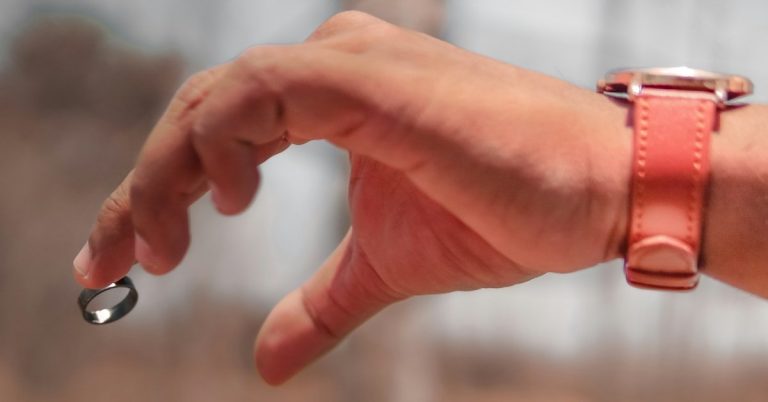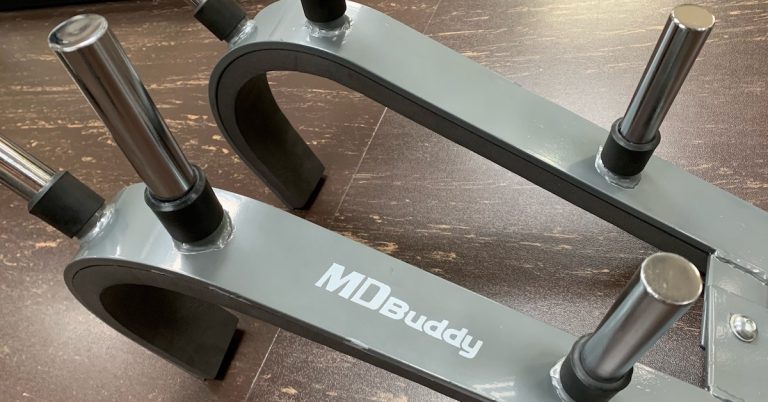JP: What can you tell us about hydrogen peroxide IV drips?
Dr. S: This is very controversial, actually. There is a big lawsuit right now where a lady in Florida died apparently from hydrogen peroxide therapy and the family is suing the physician. The American College of Advanced Medicine is going to battle to try to protect the doctor.
Now if you asked me if this stuff will kill you, I’d say no way! It’s a great way to kill bacteria in the body, but it won’t kill you if administered properly. I have many colleagues that swear by it.
Keep in mind that infections in the ’50s and ’60s were treated with this process and it worked great!
JP: I’ve seen firsthand dramatic improvements in post-surgery healing from the use of hydrogen peroxide drips. I swear by it as well. Do you have any suggestions to improve post-workout recovery?
Dr. S: I have research now using amino acids for various purposes including cancer, infertility, and of course, recovery. In one study, for example, we took seven subjects and gave five of them free-form amino acids (FFAAs) pre- and post-workout as well as between meals (Protocol A), and the other two FFAAs only pre- and post-workout but not between meals (Protocol B). We measured things like strength, energy levels, soreness, and appetite which generally reflect the rate of recovery. We also gauged these levels before they started the experiment so we could determine if there was indeed a difference. And let me tell you, there was a difference! A big difference actually, particularly for the group taking FFAAs between meals (Protocol A). All parameters improved significantly.
JP: Which FFAAs did you use and at what dosage?
Dr. S: It was a combination of high dose branch-chain amino acids and all eight essential amino acids. No non-essential aminos were used. The dosage was the subject’s body weight in kilograms multiplied by 0.15 in divided doses for Protocol A, and half that dose pre-workout and the other half post-workout for Protocol B. That exact product is available on the market now. It’s called Muscle Synthesis.
JP: Talking about essential nutrients, without a blood test every month, how does one ascertain if they’re taking in too high of an omega-3 dose from fish oil? And should we consider taking additional omega-6 fats (e.g., GLA) or will the natural amounts found in a typical diet suffice?
Dr. S: Actually, GLA is essential. I think many people overlook that fact (or that “fat” if you will). GLA makes up part of the skin. People with severely dry skin would do well to take some form of GLA either in the form of borage oil or evening primrose oil.
Fats are necessary. Most people are not lacking fat though. What they’re lacking is a balance among fats. Meridian Labs measures something called the omega-3 index in red blood cells which is basically the index between omega-3 and omega-6 fats. Ideally, this should be 4.7%. What they’ve found is that those with a higher omega-3 index had the best health scores overall.
Ultimately, we need a balance between omega-3, 6, and 9 fats. Are most people lacking omega-3 fats? Yes, but that doesn’t mean that they should disregard the others as well.
I used to recommend a high polyunsaturated intake, but no longer. After further research, I’ve discovered that this is not ideal. Take corn oil, for example. In nature, when do you see oil dripping off corn? Never. Yet, we squeeze this stuff out and consume it in large amounts!
And don’t neglect saturated fats either. They’re found in nature in many of the meats that we consume. The problem is that we eat the wrong type of saturated fat. Remember, we’ve been told over and over that fat stores toxins. Well, if you’re eating toxic commercial meats, then you’ll store toxins! You are what you eat.
Now to go back to your original question, I’ve found better absorption rates when fish oil (i.e., EPA and DHA) is combined with GLA. Therefore, blends tend to work better than just straight fish oil. Again, this is to encourage balance. The body is pretty smart. If I give you two things, such as fish oil (EPA/DHA) and borage oil (GLA), it’ll absorb what it needs most!
If you have skin problems, that is typically an indication that you’re deficient in GLA, so I may recommend that alone starting at 600 mg to 1 g and working upwards depending on the severity of the skin. You can still take fish oil but at a separate time. By the way, borage oil in liquid form tends to be a better source than evening primrose oil for GLA. And if your skin is really bad, combine borage oil and olive oil and apply it directly to the skin. Within 24 hours, you’ll notice great results, at least a 30% improvement. I guarantee it!
JP: Fantastic! While we’re on the subject, I read a study once that mentioned too much vitamin E (over 800 IUs) can actually inhibit tumor shrinkage and slow metabolism. Is this something to be concerned about since vitamin E may be useful to counter some of the pro-oxidant effects of fish oil?
Dr. S: Vitamin E is a complex – it comes in the form of mixed tocopherols and tocotrienols. In that study that you allude to, they only examined one form of vitamin E, alpha-tocopherol if I’m not mistaken. Well, you can’t do that. You’re going to create an imbalance. When you eat food, vitamin E is present as a complex and it’s actually gamma-tocopherol that’s most abundant, not alpha-tocopherol. You want to know why they use alpha-tocopherol instead … are you ready for it … because it’s cheaper! That’s a faulty study. I wouldn’t give it much value.
Next week in Part 6, my discussion with Dr. Serrano will swing from red palm oil to red palms and feet. We’ll cover several digestion issues including the most important diagnosis for digestion, how taking the right probiotic is like finding a needle in a haystack, and more information on enzymes. Finally, we’ll look at the real reason why protein bars exist and healthy snack options that you can use instead.

Why I Retired My Oura Ring: Navigating the Pitfalls of Orthosomnia and Wearable Tech
In the quest for optimal health, many of us turn to technology for insights, and the Oura Ring has been

Meet my New Fitness Buddy
The front squat is a fundamental exercise that everyone should incorporate into their routine, yet not everyone can execute it

Keeping Up with Current Research (December 2023)
Research is a valuable tool for health and fitness professionals, providing insights to stay ahead in the field. Here are
follow
Error: No feed with the ID 2 found.
Please go to the Instagram Feed settings page to create a feed.
